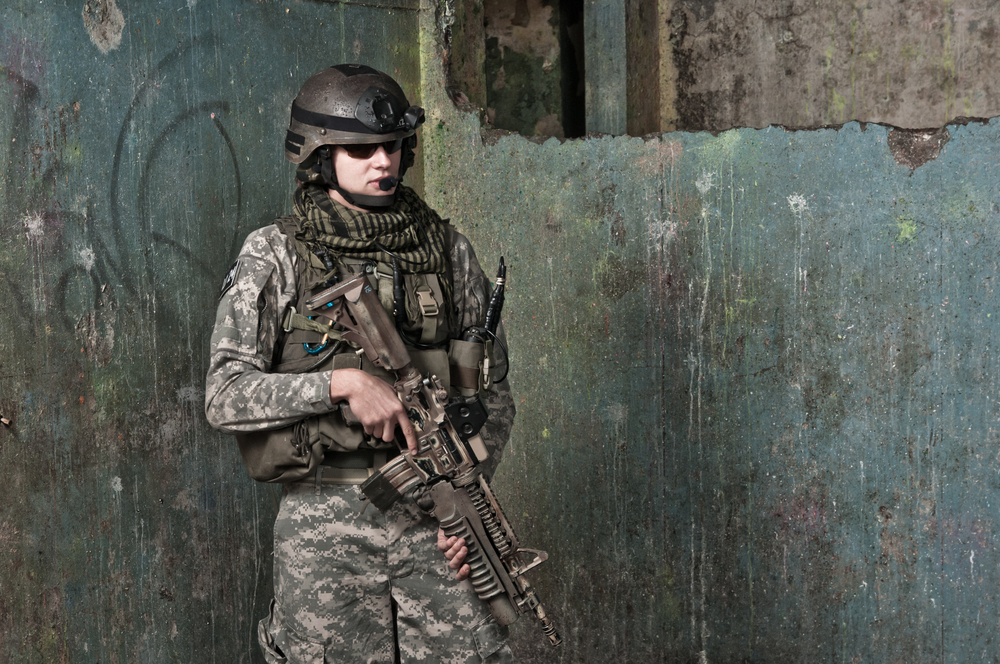
A team of researchers at the Lawrence Livermore National Laboratory (LLNL) recently developed a flexible material that is both highly breathable and protective from various biological agents that soldiers may come into contact with.
The material is the first key component of a new type of uniform that can respond to and protect from environmental chemical hazards. The research was published in the July 27 issue of the journal Advanced Materials.
The flexible polymeric membranes of the material are aligned with carbon nanotube (CNT) channels that act as moisture conductive pores. The material is highly breathable to prevent heat stress and exhaustion while members of the military are in highly-contaminated environments. Contemporary clothing used by military personnel is based on heavyweight full-barrier protection that cannot provide an active response to an environmental threat.
“We demonstrated that these membranes provide rates of water vapor transport that surpass those of commercial breathable fabrics like GoreTex, even though the CNT pores are only a few nanometers wide,” Ngoc Bui, the author of the research paper, said.
Biological threats such as bacteria and viruses are typically 10 nanometers wide. The carbon nanotubes LLNL researchers used in the material are less than five nanometers wide to prevent contact with those biological agents. While the nanotubes have a very narrow width, they provide high breathability and biological protection in a single functional material.
LLNL researchers said that full uniforms could be used in the field in less than 10 years.
Funding for the study was provided by the Chemical and Biological Technologies Department of the Defense Threat Reduction Agency (DTRA).




